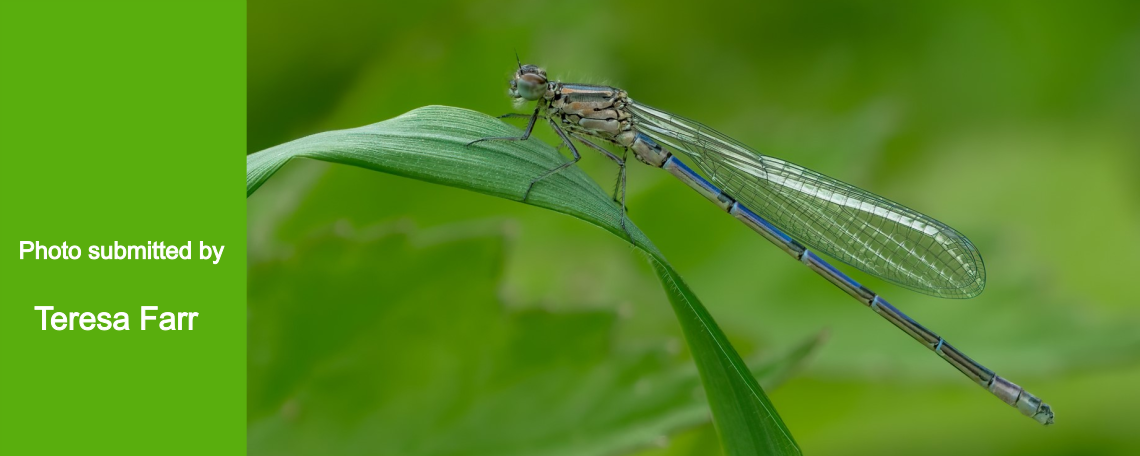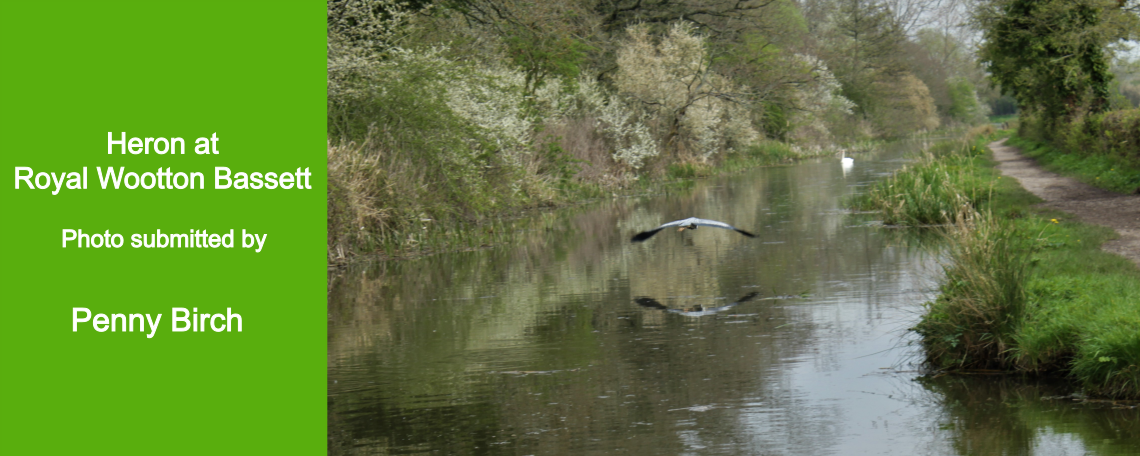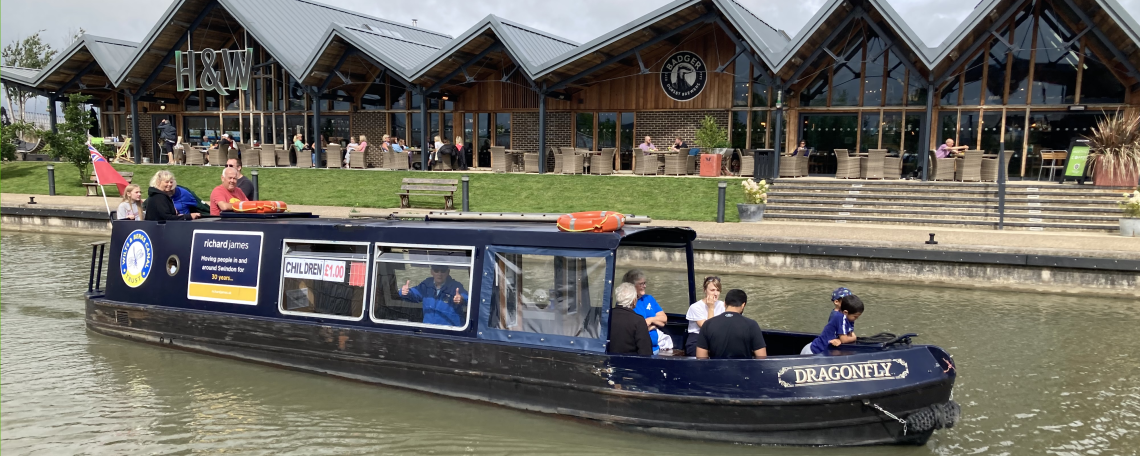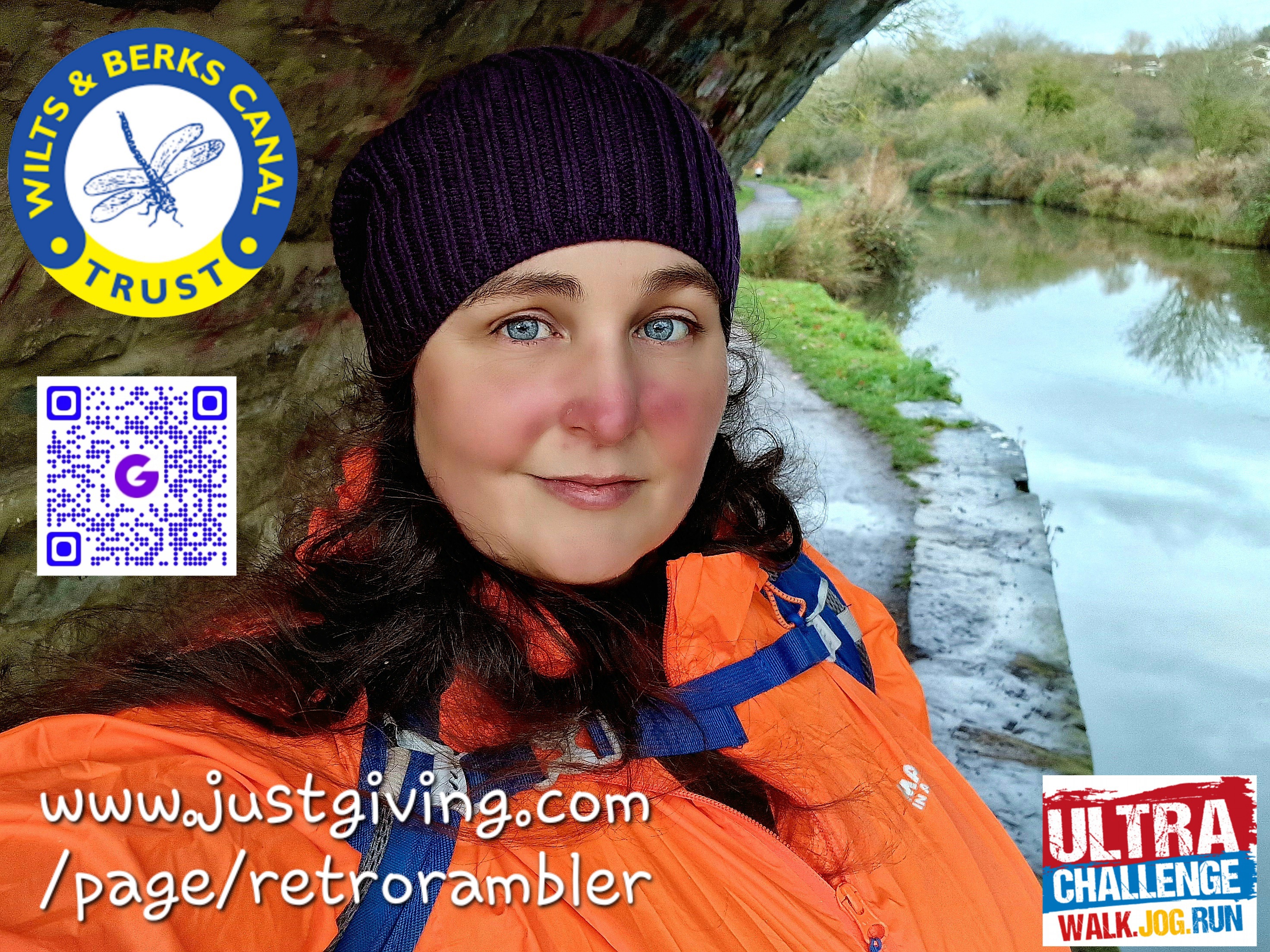John Henn
John Henn’s involvement in the Wilts & Berks Canal Amenity Group dates from 1983. The founding enthusiasm of 1977 had weakened to the point where the central administration of the organisation was threatened. Neil Rumbol, our founding father, considers the situation was saved by the emergence of Richard Porter, John Henn and Peter Scatchard; this account attempts to show something of the energy and provocative enthusiasm of one of these three.
John was employed by British Aerospace at Filton, though as the years passed his canal workload increased, to the point where many of us assumed his desk was really a divisional office of the Amenity Group.
One of his earliest projects was a publication entitled “Boats to Lacock and Beyond” worked up jointly with Richard Porter during 1983, and this is believed to be the first time that restoration of the Wilts & Berks for full navigation was proposed. This was a significant development that changed the public perception of the canal project.
Another early initiative was an attempt to identify possible routes between the Kennet & Avon canal and Lacock. The technical aspects of this work were completed by Noel Griffiths and this work was drawn on by the Scott Wilson feasibility study of 1997 and the spate of studies between 2002 and 2008. A college project actually surveyed what is now the preferred route along the river Avon though the heart of Melksham.
The Calne section was opened in 1989 and John, working with Tim Jones, had been instrumental in getting regular work parties established about three years earlier. Also at this time John showed Chris Hutt from Sustrans the potential for a cycleway between Pewsham Locks and Reybridge, another early initiative that finally bore fruit about fifteen years later.
John also asked Peter Boyce to write a report on Dauntsey Lock, which set in train a sequence of events leading ultimately to the dramatic restoration of the Dauntsey canal settlement. He also worked with the Lockside Design Partnership and the Calne Project; another area where the earliest steps can be linked to recent physical improvements beside the canal with a benefit to the entire community.
By the late eighties the Canal Amenity Group had long had a strong presence in and around Swindon but was much less well known further west. However it was found that Foxham enthusiasts wouldn’t travel to Calne and Chippenham people would not go to Melksham. So Clem Barnett and John Henn established local branches and attended all the early meetings till a nucleus had demonstrated their ability to hold the branch together.
John had long believed that a canal society must have a trip boat to generate publicity and to raise funds, though the lack of a major length of restored canal connected to one of our seven towns, ruled out a conventional steel narrowboat. An ingenious solution was a trailable fibreglass boat capable of carrying twelve passengers marketed under the name of the Hypozomatic Boat. John was able to do a deal with the manufacturers for the pre-production prototype. About a dozen of us drove to Bedford on a grey day in November 1990, and tested the boat on the River Ouse. Subsequently named Damsel Fly, she has flown the flag ever since and is still in use after major renovation around 2004.
In October 1991 John left British Aerospace and assumed the role of unpaid, full time project officer for the group and held this position for eighteen months till Paul Pennycook was appointed in 1993. This was a period of strengthening contact with the local authorities that may be described as laying the foundations of the Canal Partnership.
Compelled by circumstances to seek gainful employment, John still found time to work with Arthur Dungate to produce the now historic video, ‘A Dream Coming True’. John also continued to work for the project through the Bath & Bristol branch, his bubbling enthusiasm now concentrated on areas of publicity and promotion.
There are many of us in the West End branches who remember John with affection and his great friend Clem Barnett, and are grateful for their achievements. Particularly their role in extending the canal project to the towns west of Wootton Bassett where few people even knew of the existence of the canal, much less the potential benefits that its restoration would bring.
John and Clem and others of their generation of enthusiasts, worked in a less encouraging climate than today. Though they could not demonstrate how or when the canal would be restored, they were sustained by the belief that the project would bring such a range of benefits to so many people, that it could not fail to be restored. Personally I value their friendship very highly and am grateful for the time I have spent in their company.
For the last few years John has been developing plans for restoration at key points along the canal. His combination of historical and current knowledge of the canal is a major asset to the Trust.
Original text by Colin Fletcher









